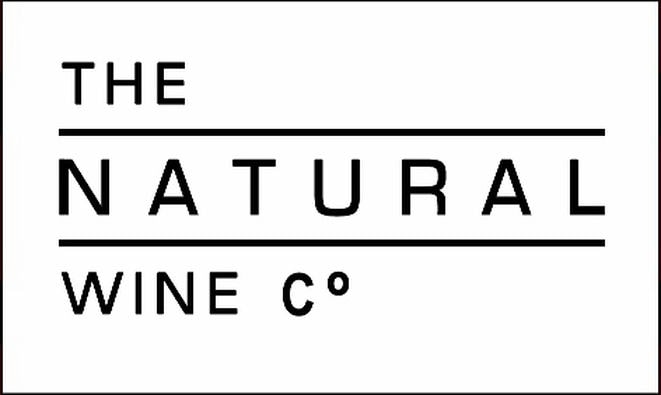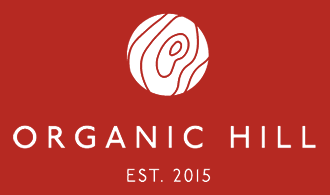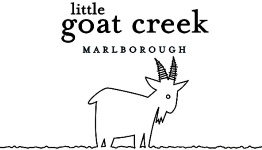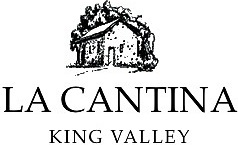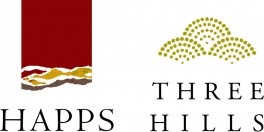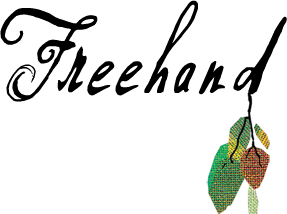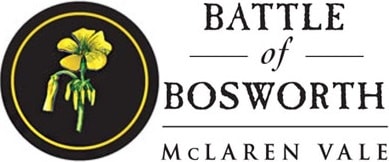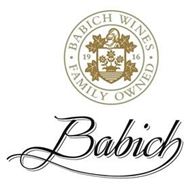Sugar & Wine
Author: Kim Pearce & Michelle Gadd Date Posted:19 October 2022
How much sugar is in wine and what’s a keto wine?
When you’re mindful of your health but also love wine, you might wonder: what’s the deal with wine and sugar? How much is in it? And what exactly are low-carb or keto wines?
.jpg) We’ve noticed more wellness marketing in wine and a growing misconception that wine contains a lot of sugar. The good news is that wine is naturally low carb in nature. Let’s break it down.
We’ve noticed more wellness marketing in wine and a growing misconception that wine contains a lot of sugar. The good news is that wine is naturally low carb in nature. Let’s break it down.
Fermentation – yeast gobbling up the sugar
Firstly, during fermentation yeast cells consume the grapes’ fruit sugars, producing alcohol, heat, and CO2. It’s not wine without starting with naturally occurring sugar in grapes, because the yeast cells eat it to make alcohol.
While it’s possible to stop the fermentation before all the sugar gets consumed (by chilling or filtration), the yeast will usually consume almost all the sugar. In dry wines, it’s a fraction of a teaspoon of sugar per bottle of wine.
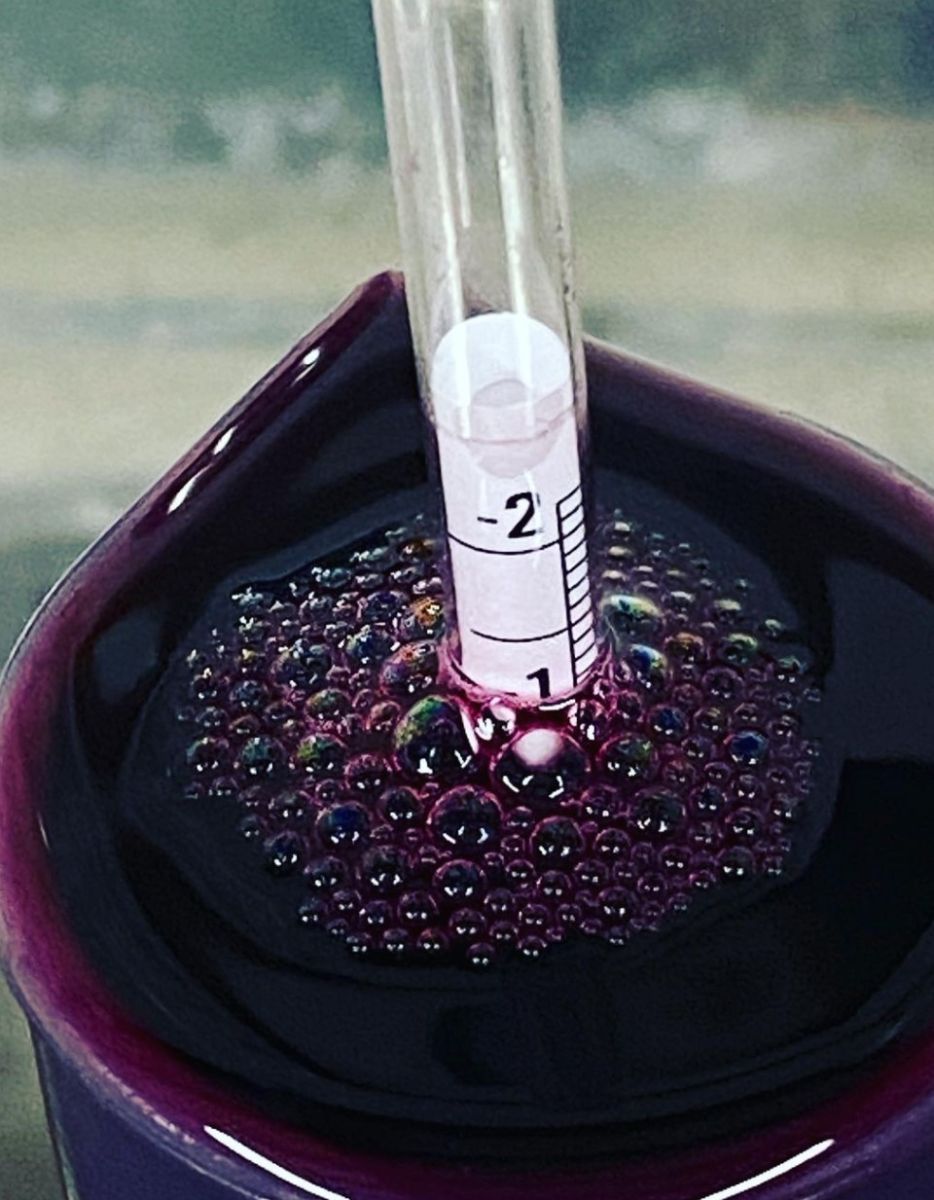
Residual sugar – leftover from grape’s unfermented natural sugars
If during fermentation not all the sugar is fermented by the yeast, this leaves residual sugar measured in grams per litre, shortened to RS g/L. Sweetness is about perception. Bitterness (like the caffeine in cola) reduces the perception of sugar, so does acidity - e.g., Coca-Cola has 108 g/L RS, while Babich Headwaters Organic Pinot Gris 2020 has just 1 g/L RS. So, the actual residual sugar g/L may not match up with your perception of sweetness.
Residual sugar in wine doesn’t come from cane sugar or anything you might have in your pantry, but from the natural grape sugars, called fructose and glucose. The drier the wine, the lower the residual sugar. The sweeter the wine, the higher the residual sugar. It’s impossible to get residual sugar levels down to absolute zero at the end of fermentation, and even dry wines have some residual sugar. But, except for fortified wines, it’s just not very much.
So, how much sugar is in wine?
This varies greatly across different types of wine – the varietal, its ripeness, level of alcohol and type of wine being produced. As a rule, the riper the grapes, the more sugar there is to metabolise – and the higher the potential alcohol content (winemakers call this baumé or brix).
.jpg) Dry table wine and brut bubbly are at the low end of the spectrum (with 0-4 net carbs per 150 mL glass), with fortified wines at the other. For example, an off-dry wine with 10 g/L RS has 1% sweetness or a total of ~1.8 carbs per 150 mL serving.
Dry table wine and brut bubbly are at the low end of the spectrum (with 0-4 net carbs per 150 mL glass), with fortified wines at the other. For example, an off-dry wine with 10 g/L RS has 1% sweetness or a total of ~1.8 carbs per 150 mL serving.
Quality counts: generally, very commercial (cheap) wines have slightly more residual sugar for body and texture – but we’re talking the difference between 0.-0.5 g/L residual sugar per glass.
In some countries, often cooler climates where grapes may struggle to reach ripeness (very low sugar and high acid), winemakers can ‘Chaptalize’ (add sugar or grape concentrate to increase the alcohol content). But it’s not allowed in Australia, Argentina, Austria, California, Italy, Greece, Spain, Portugal, or South Africa.
Keto-friendly wine - the lowdown on low-carb
If you’re limiting carbohydrates in your diet (which in wine, come only from residual sugar) you may be searching for a keto-friendly wine. The calories in wine come from the alcohol, with 7 calories per gram of alcohol, which means you’re also looking for a low alcohol, dry wine. One that’s very low in residual sugar. The ideal keto wine looks like this:
|
Per 150 mL glass |
|
|
ABV |
13.5% or less |
|
Calories |
108 or less |
|
Residual Sugar (g) |
< 0.7 |
|
Carbohydrates (g) |
< 0.7 |
Nutritional panels and wine - usually elusive
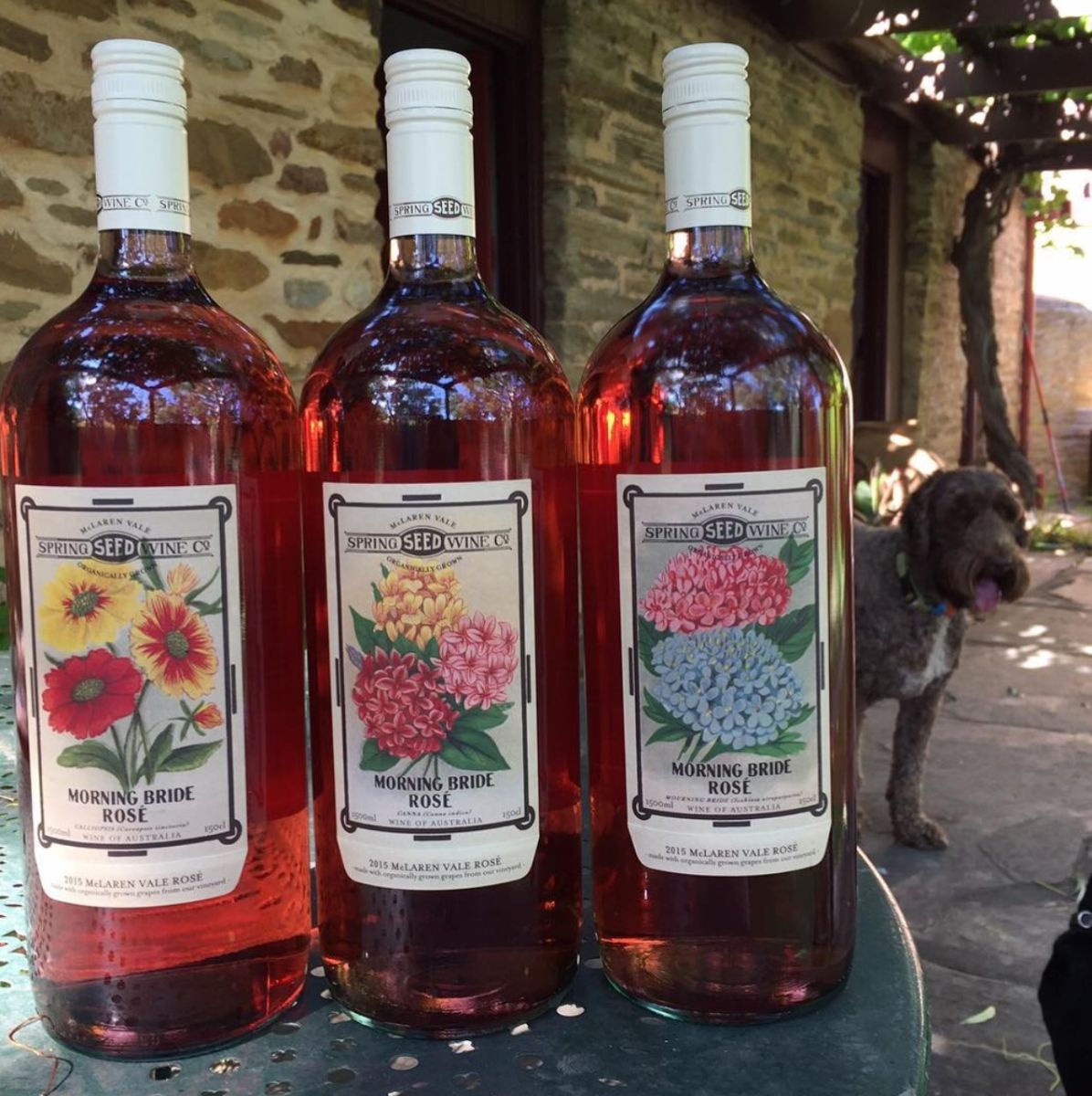 The tricky thing is, although a wine may be described on the spectrum of dry or sweet, residual sugar isn’t on the label. Luckily, it is on the winemaker’s technical data for the trade, which we track.
The tricky thing is, although a wine may be described on the spectrum of dry or sweet, residual sugar isn’t on the label. Luckily, it is on the winemaker’s technical data for the trade, which we track.
We know that people are seeking wine options they can enjoy while on a keto-diet, so we’ve created this selection of keto-friendly wines. You can also filter your wine searches by calorie, alcohol and sugar levels to give you results that equate to low-carb, such as:
Cullen Semillon Sauvignon Blanc 2016 which per 100 mL serve has 70 calories, less than 2g/L residual sugar and 12.5% alcohol. Kalleske Parallax Grenache 2021 which per 100 mL serve has 67 calories, less than 2g/L residual sugar and 12% alcohol.
Spring Seed Morning Bride Rosé 2021 which per 100 mL serve has 67 calories, less than 2g/L residual sugar and 12% alcohol.
Did you know…?
.jpg) All wines on Organic Wine have nutritional information listed under ‘The Specs’ so you can choose exactly the alcohol, carbohydrate, sugar, and calorie content appropriate for you. This nutritional information is in line with European standards and uses the following sugar categories:
All wines on Organic Wine have nutritional information listed under ‘The Specs’ so you can choose exactly the alcohol, carbohydrate, sugar, and calorie content appropriate for you. This nutritional information is in line with European standards and uses the following sugar categories:
Dry [0-4 g/L]
Off-Dry [4-12 g/L]
Medium-Sweet [12-45 g/L]
Sweet [45+ g/L]
If you’re keen on maths, you can work out the Carbs per 100 mL glass by taking the residual sugar in grams (RS g/L) x 0.1. Otherwise, make sure you review The Specs next time you’re browsing our wines.
Link to learn more?
Read Wine Folly’s posts, What is residual sugar in wine, Carbs in wine, Sugar in wine misunderstanding, and The realists guide to keto wines. Or try Wine Spectator’s What healthy wine drinkers need to know about sugar.





